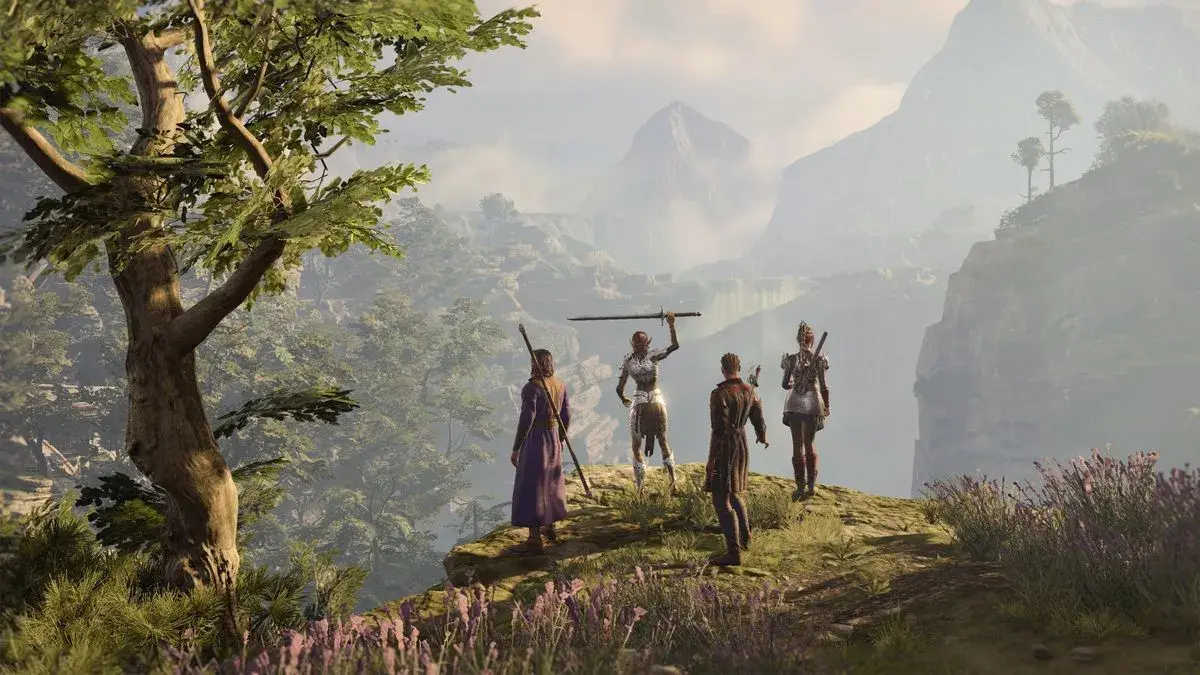- cross-posted to:
- geekdom@kbin.social
- cross-posted to:
- geekdom@kbin.social
Baldur’s Gate 3 isn’t the first successful attempt to marry cinematic aspirations with the traditional branching narratives and simulationist world-building of CRPGs. 2009’s Dragon Age: Origins had a very similar mission statement, offering a spiritual successor to BioWare’s earlier Baldur’s Gate titles long before Larian took us back to the titular city (and its surrounding areas).



I felt like the article covered this, but more in a hand-wavey way. The article is really about the more cinematic aspects of the game, which is a more spiritual follow-up to Dragon Age Origins. Dragon Age Origins was very ambitious and was made by the same BioWare that made Baldurs Gate and Baldurs Gate II. They were trying to capture the spirit of the old games with a more fleshed out cinematic world where you could get up close and personal with the characters.
Arguably, Baldurs Gate III is the first game to successfully weave it’s way through both. Divinity Original Sin and DOS II both lack this cinematic aspect. They both hem closer to traditional titles like Neverwinter Nights, where you have the three-quarters overhead view of your characters, but your characters are not explicitly detailed, nor do you get that many “close up” looks at them.
I’m fucking floored at being able to do a full on top-down view, and then being able to zoom in on incredibly detailed characters that exist in the world. It’s arguably the best of both worlds.
Anyway, I see the article as focusing on cinematic aspects, which would be the ability to see detailed interactions among characters akin to a film, a thing we haven’t seen much of in this style of game before, barring DAO.